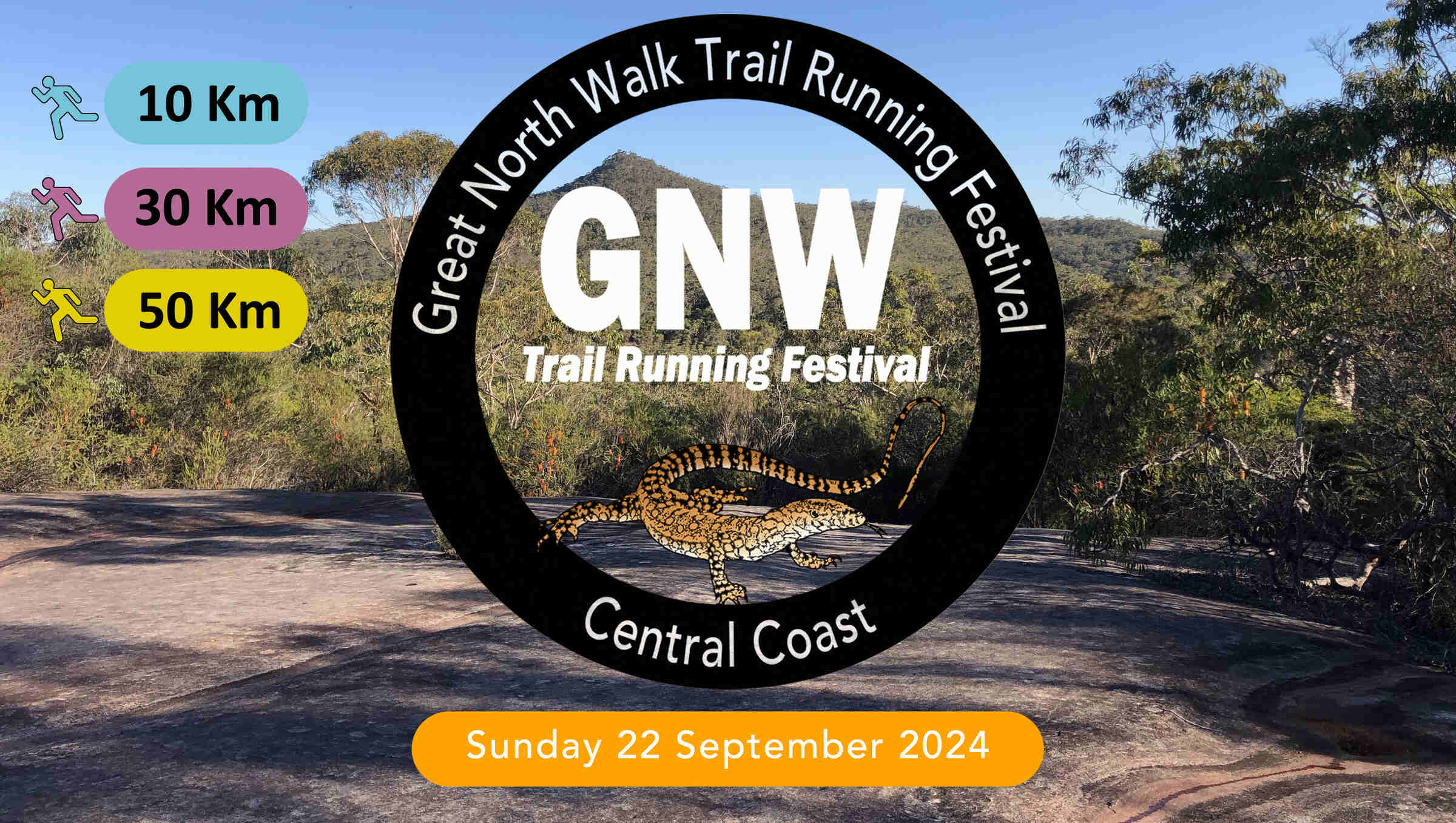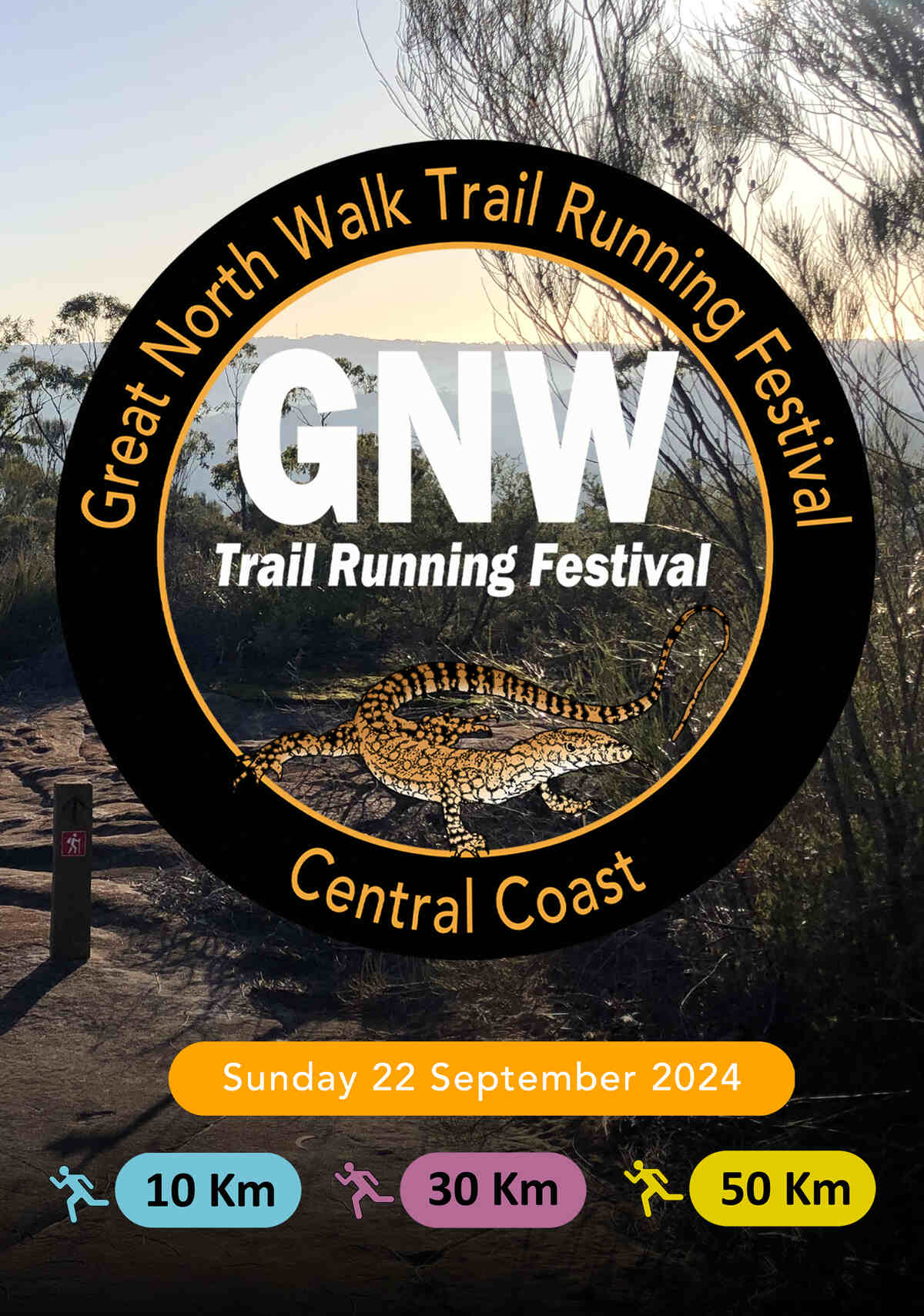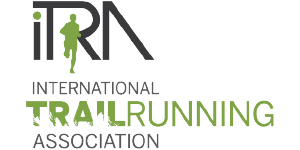

Key Dates for 2024
Earlybird Entries Open
27 March 2024
Standard Entries Open
27 May 2024
Late Entries Open
29 July 2024
Super Late Entries Open
16 September 2024
All Entries Close
21 September 2024
Race Date
22 September 2024
10K
Early Bird $55 Until 26 May
Standard $65 Until 28 July
Late Entry $75 Until 15 September
Super Late Enty $85 Until 21 September
Total Ascent 329m
Total Descent 329m
Actual Distance 9.6km
Cut Off 4h
30K
Early Bird $100 Until 26 May
Standard $120 Until 28 July
Late Entry $140 Until 15 September
Super Late Entry $160 Until 21 September
Total Ascent 770m
Total Descent 770m
Actual Distance 29.2km
Cut Off 8h
2025 Six Foot Track Qualifier - under 4:10
50K
Early Bird $150 Until 26 May
Standard $170 Until 28 July
Late Entry $190 Until 15 September
Super Late Entry $210 Until 21 September
Total Ascent 1,485m
Total Descent 1,485m
Actual Distance 50.3km
Cut Off 11h
2025 Six Foot Track Qualifier - under 9:00
UTMB/ITRA = 2 Points
GNW Race Countdown
Day(s)
:
Hour(s)
:
Minute(s)
:
Second(s)
GNW ULTRA MARATHON PARTICIPATION WARNING
Despite its proximity to the populated Central Coast of New South Wales, the course passes through rugged and spectacular terrain and is a demanding challenge for all runners. Entrants need to cope with precipitous ascents and descents, muddy trails and creek crossings, slippery rocks and roots, and hard-to-follow trail. There are a number of sections where running is impossible.
IT IS EASY TO GET LOST OR INJURED ON THIS COURSE IF YOU DO NOT EXERCISE SUFFICIENT CARE AND/OR ARE ILL-PREPARED.
For the longer races (100M, 100K, 50M) there will be no marshals on the course and all runners will need to be capable navigators and prepared to travel at night in remote areas on difficult trail. They will also be required to carry certain equipment and must carry sufficient water to last them between checkpoints which can be up to 30 km apart. IT IS COMMON FOR RUNNERS TO WITHDRAW SUFFERING FROM DEHYDRATION.









